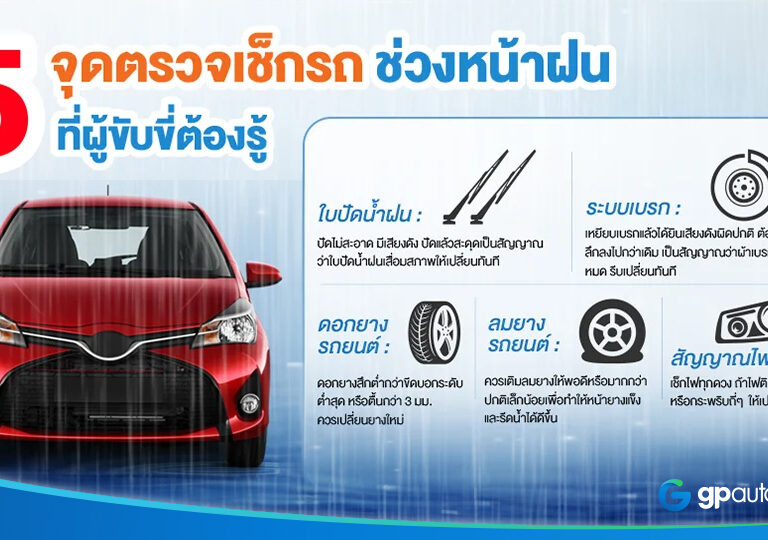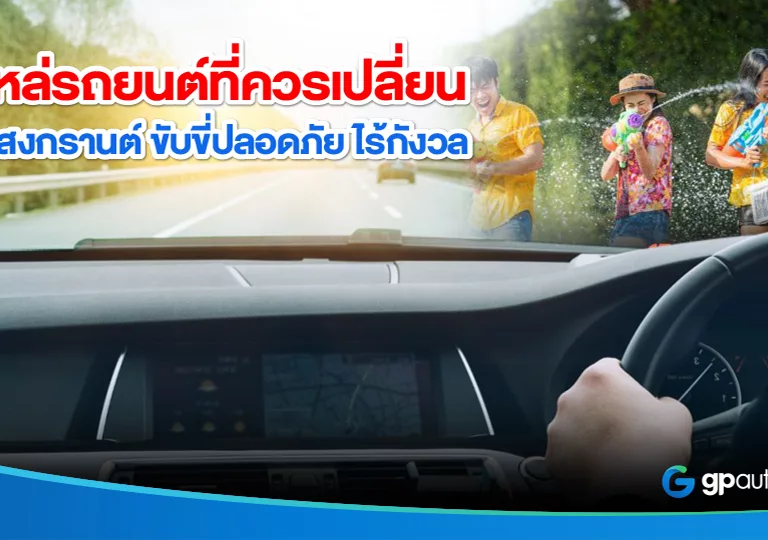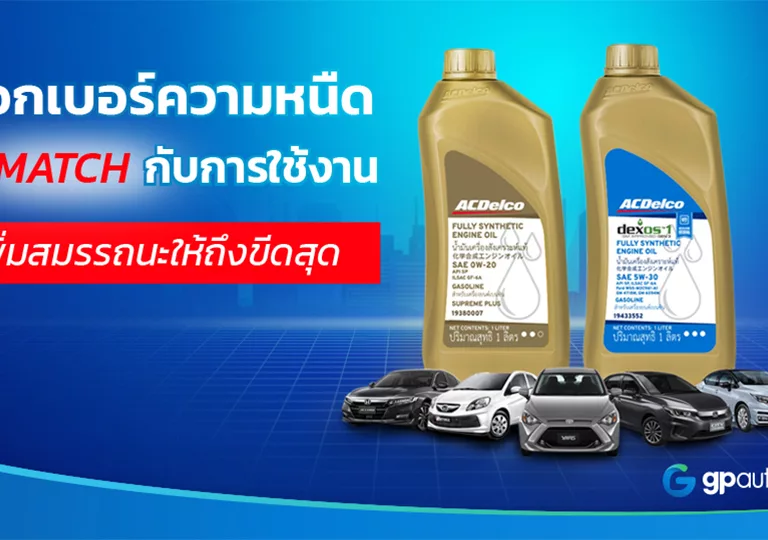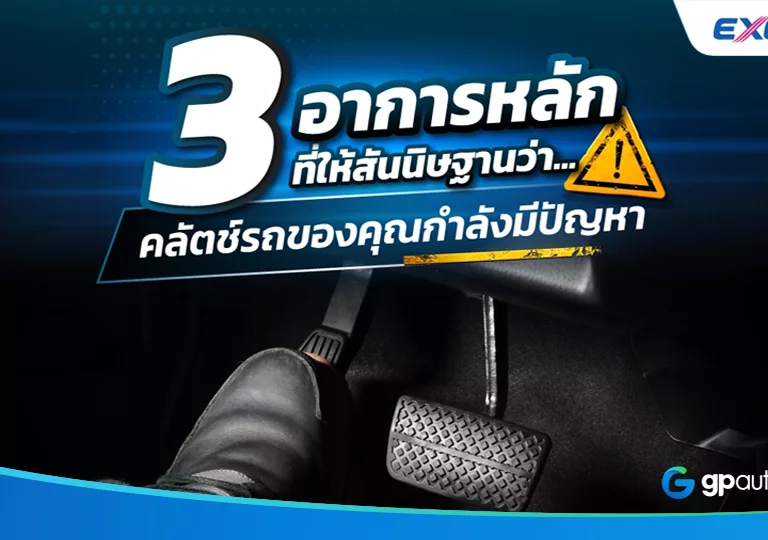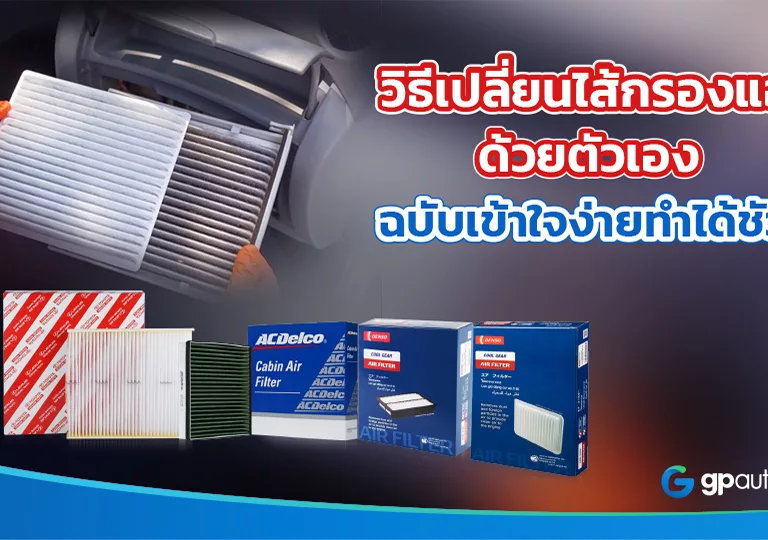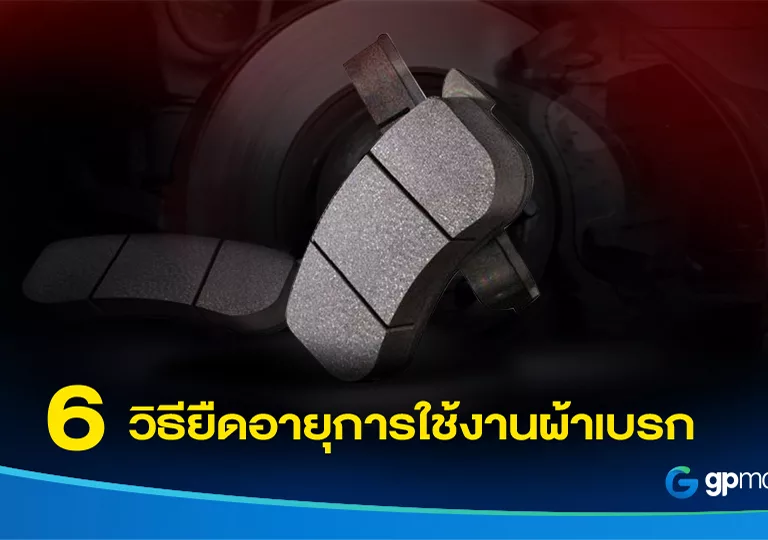Dealing with Flooding Issues
Given the flooding situation in various regions including the North, Northeast, and Central parts of Thailand, along with several provinces on high alert, including even areas in the outskirts like Nonthaburi, GP Auto Parts Co., Ltd. acknowledges the challenges faced by road users and the importance of flood prevention and preparedness. Today, we’re sharing some useful information.
Firstly, let’s determine the safe water levels for different types of vehicles.
For small cars and sedans, water levels should not exceed 60 cm.
For high-clearance vehicles like pickups and PPVs, the safe water level is up to 80 cm.
“6 Tips for Driving Safely Through Flooded Waters”
1. Turn Off the Air Conditioning: Immediately turn off the air conditioning if it’s on. Leaving the AC running while driving through flooded areas can cause water to be drawn into the engine bay, potentially damaging the fan and risking engine stalling.
2. Use Low Gears: If driving a manual transmission vehicle, keep it in lower gears, ideally in the 1st or 2nd gear, as this provides more control over the vehicle’s speed and reduces the risk of stalling. For automatic transmissions, switch to the “L” (Low) mode.
3. Maintain a Slow, Steady Pace: Drive slowly and steadily through flooded areas. Avoid sudden acceleration or braking, as this can cause water to splash and potentially flood the engine. Keep the vehicle moving at a consistent, slow pace to minimize the risk of stalling.
4. Follow the Vehicle in Front: Follow closely behind the vehicle in front of you, staying within a safe distance. This helps ensure that you’re traveling along the safest path, as the leading vehicle can help identify any hazards or deeper sections of water.
5. Keep Moving: Continuously move forward without stopping for prolonged periods in flooded areas. Stopping for too long increases the risk of water entering the engine bay and causing damage. If you encounter a flooded section while stopped, wait for the water level to decrease before proceeding slowly.
6. Stay Informed: Pay attention to road conditions and any updates from local authorities regarding flooded areas. Avoid routes that are heavily flooded or have fast-moving water. If possible, choose alternative routes or wait until floodwaters recede before traveling.
What to do after driving through floodwaters????
5. Press the brake pedal firmly to clear water from the calipers and brake pads.
This also checks if the braking system is still functioning properly.
6. Do not turn off the engine immediately.
If you need to stop and check your car after driving through floodwaters, do not turn off the engine. This is because you need to be cautious of any trapped water, including in the engine compartment and exhaust pipe. If you turn off the engine immediately, water might flow back into the system.
.
Of course, driving through floodwaters is risky, and if your car stalls in the middle of the water, you should not attempt to restart it as water may enter the engine system. Therefore, before driving through, don’t forget to assess and thoroughly inspect your vehicle. If it seems risky, it’s better not to drive through.
.
Finally, G.P. Autoparts Co., Ltd. sends strength and support to those affected by the flooding. 🙏
#GPAutoparts #CaringForTheCommunity
#DrivingThroughFloodwaters #Floodwaters
___________________________________
Place an order/Become a distributor.
GP MOBILITY PUBLIC COMPANY LIMITED
Line id: @gpautoparts or Link
Contact: https://www.gpmobility.co.th/contact-us/
Follow me: https://linktr.ee/gpmobility
Service Monday to Saturday from 08:30 AM to 05:30 PM.
02-941-1222 (Auto),02-579-2882


